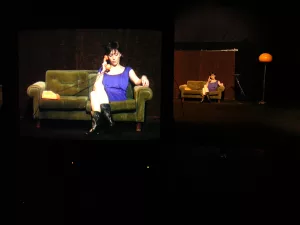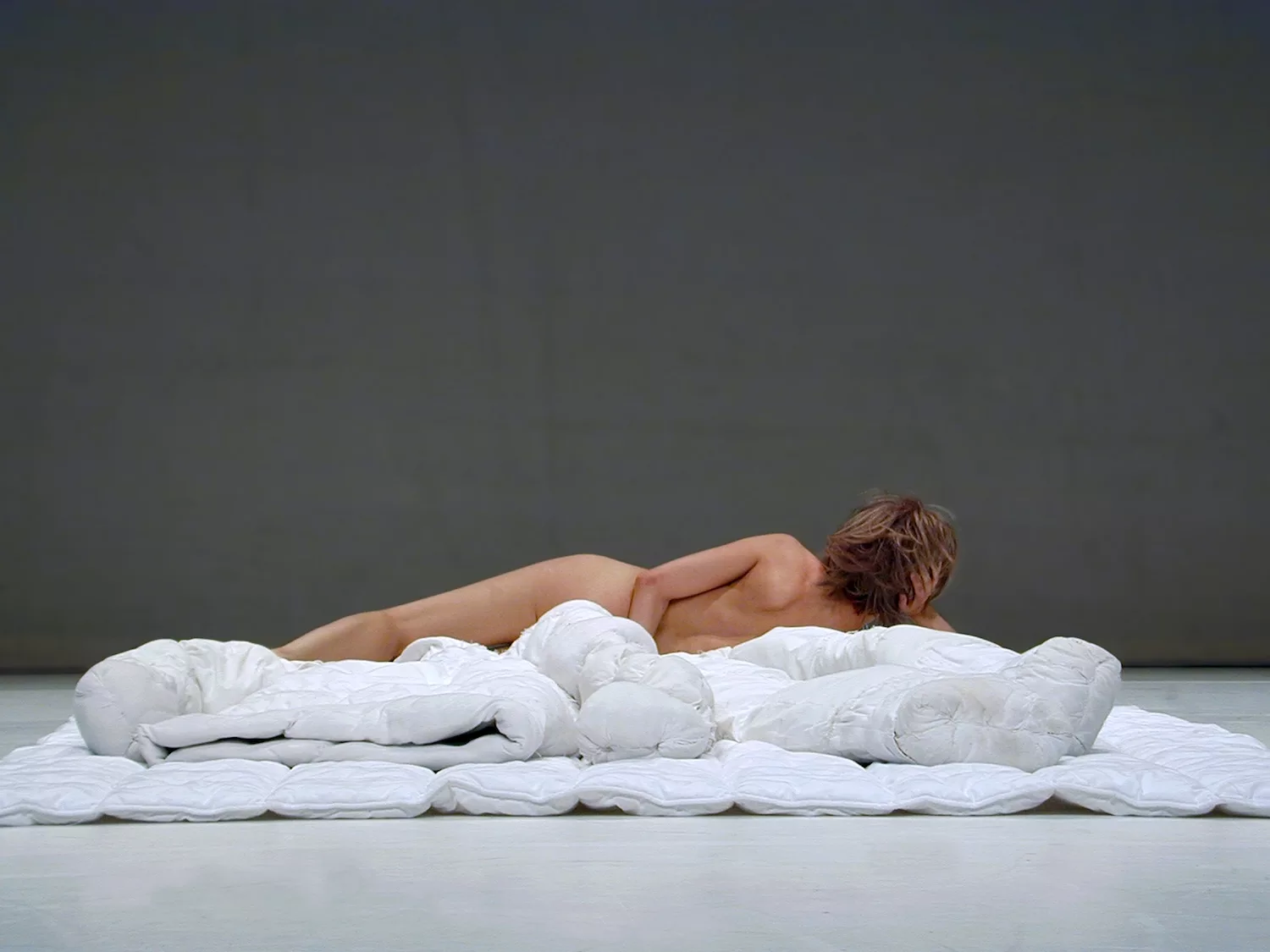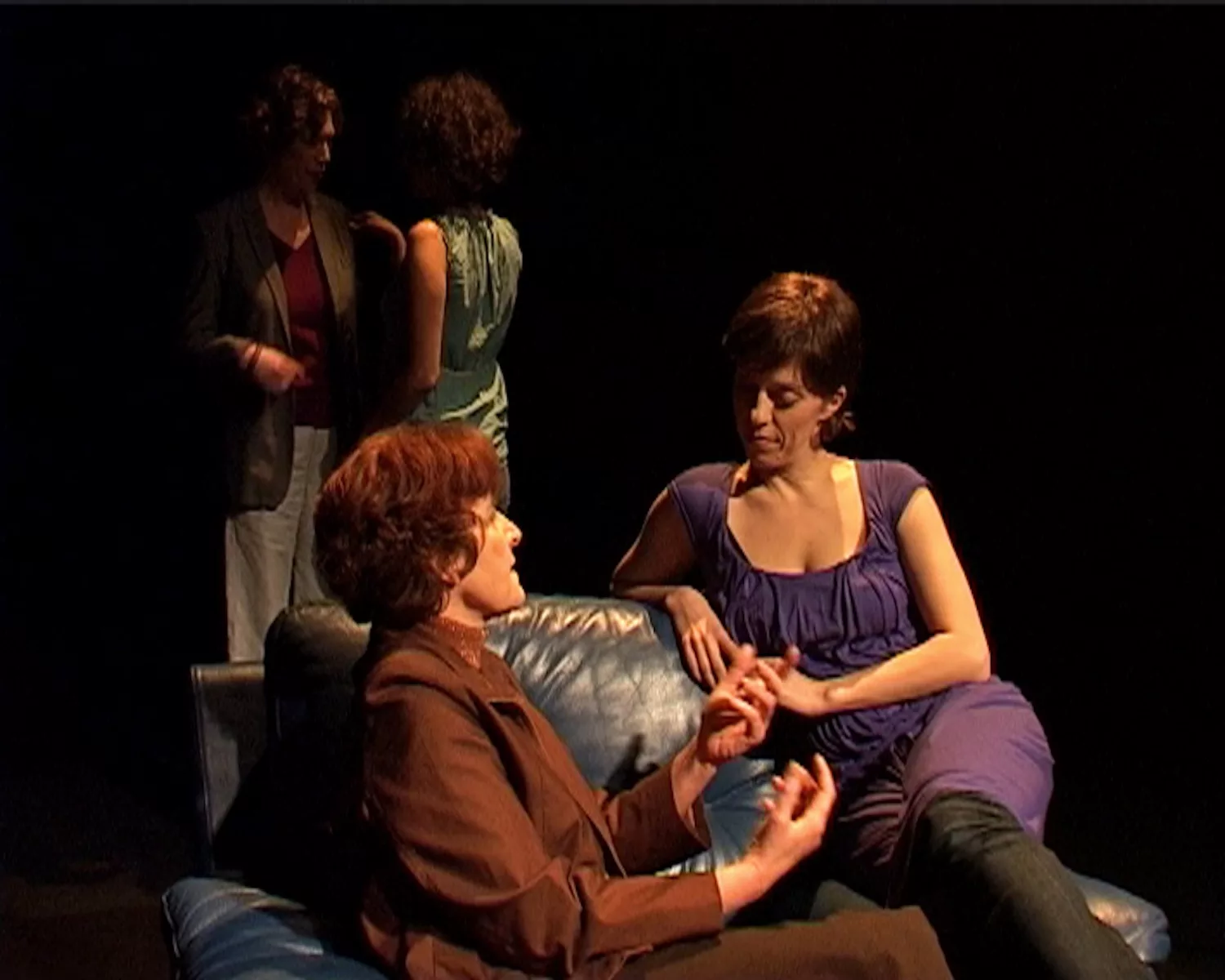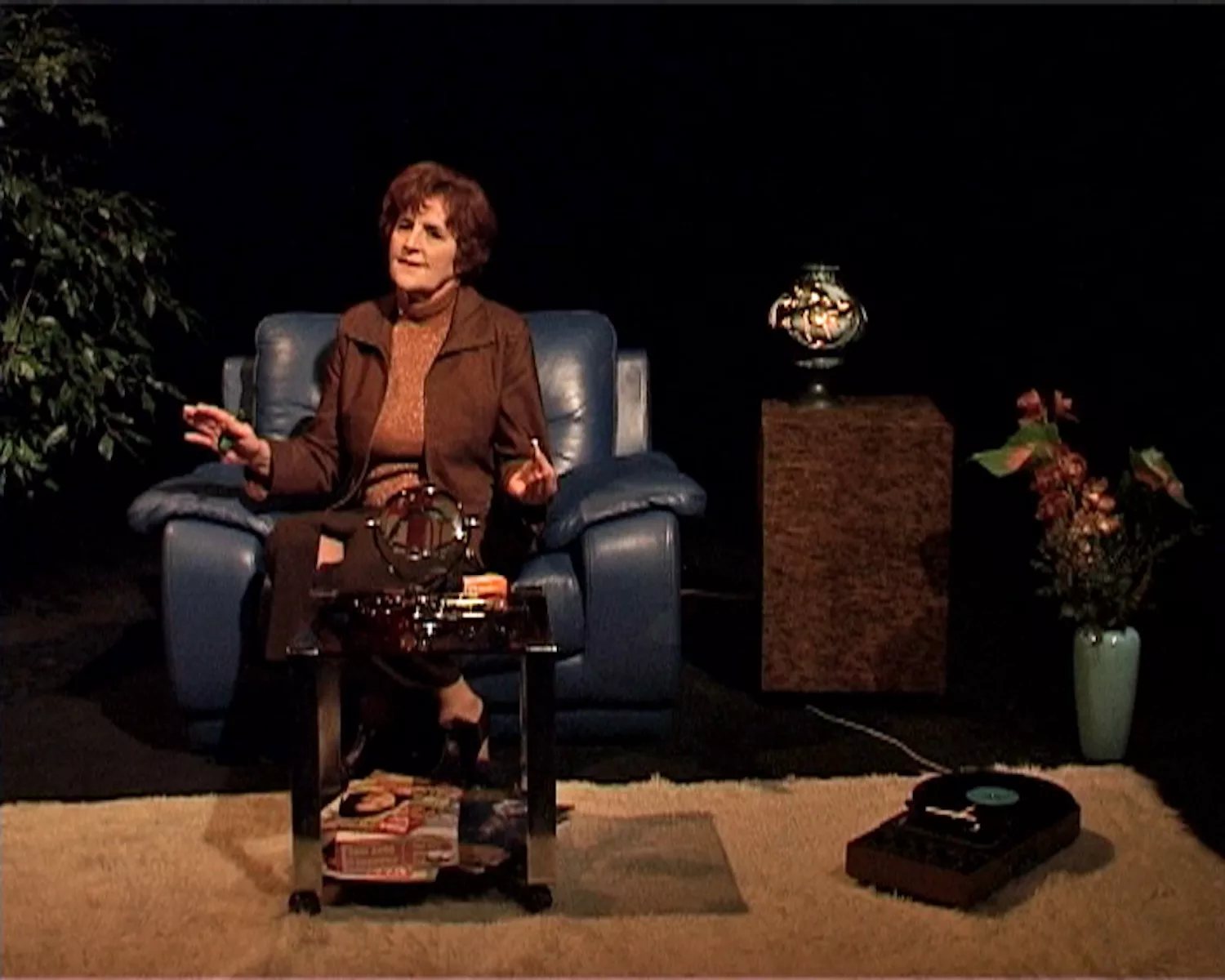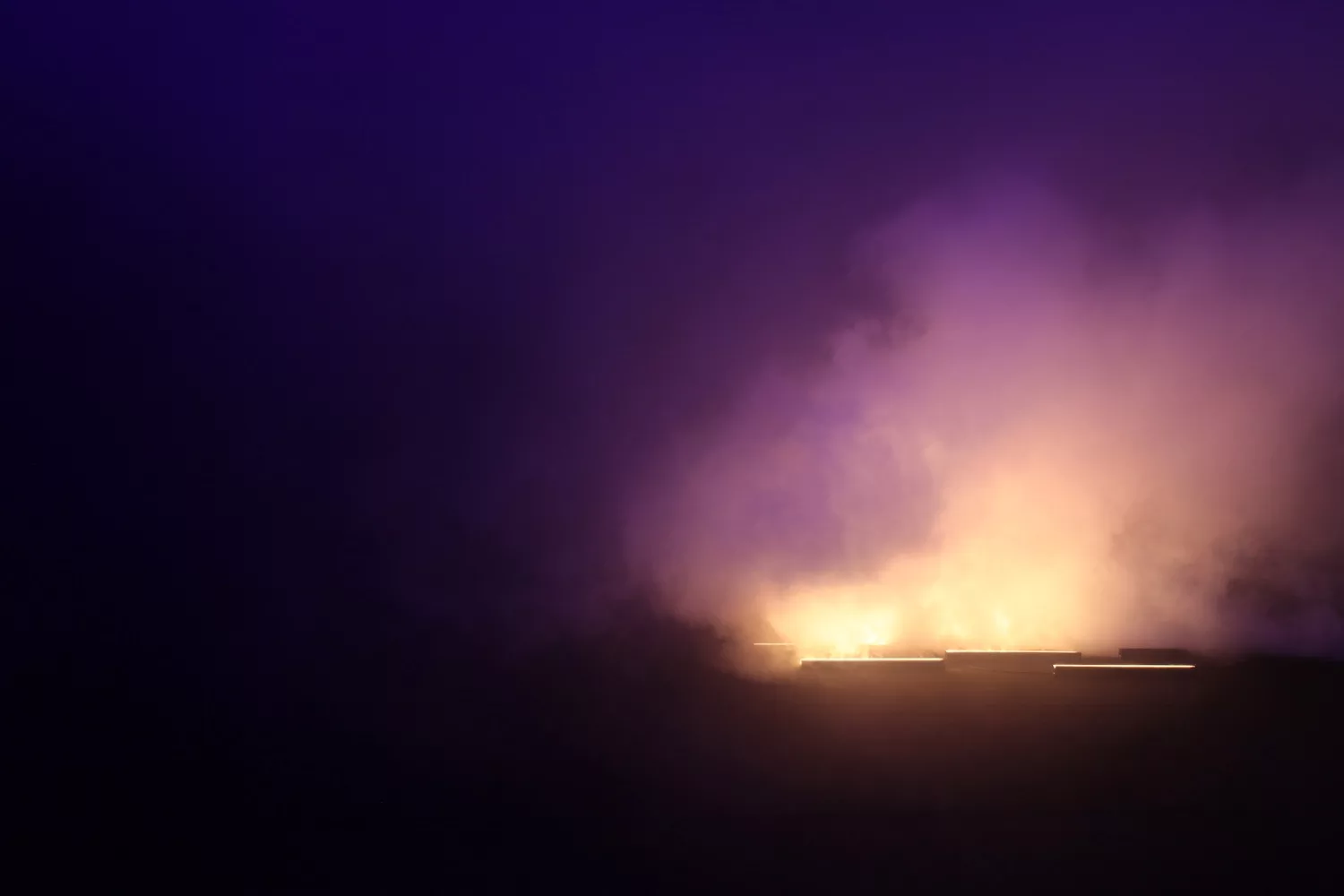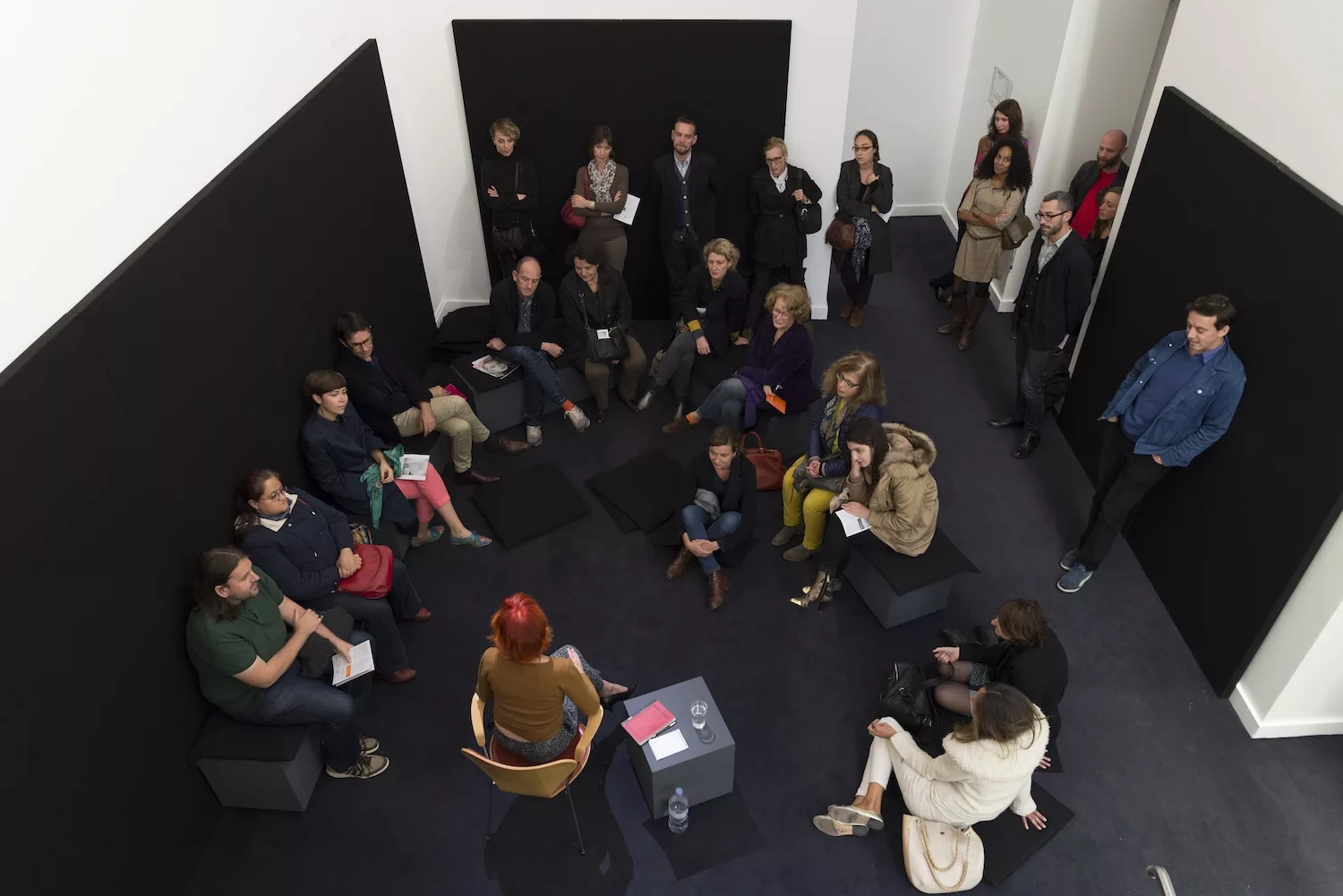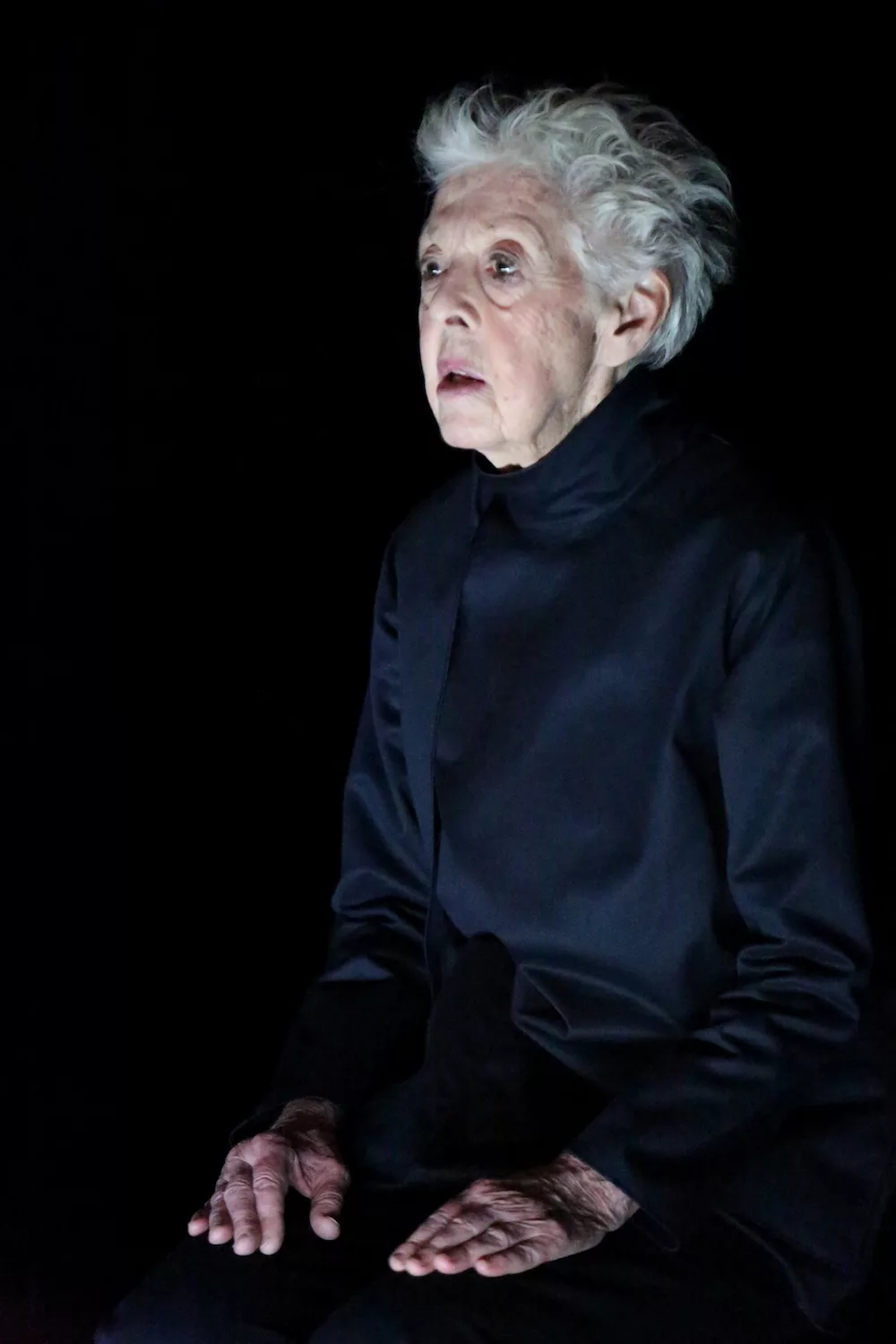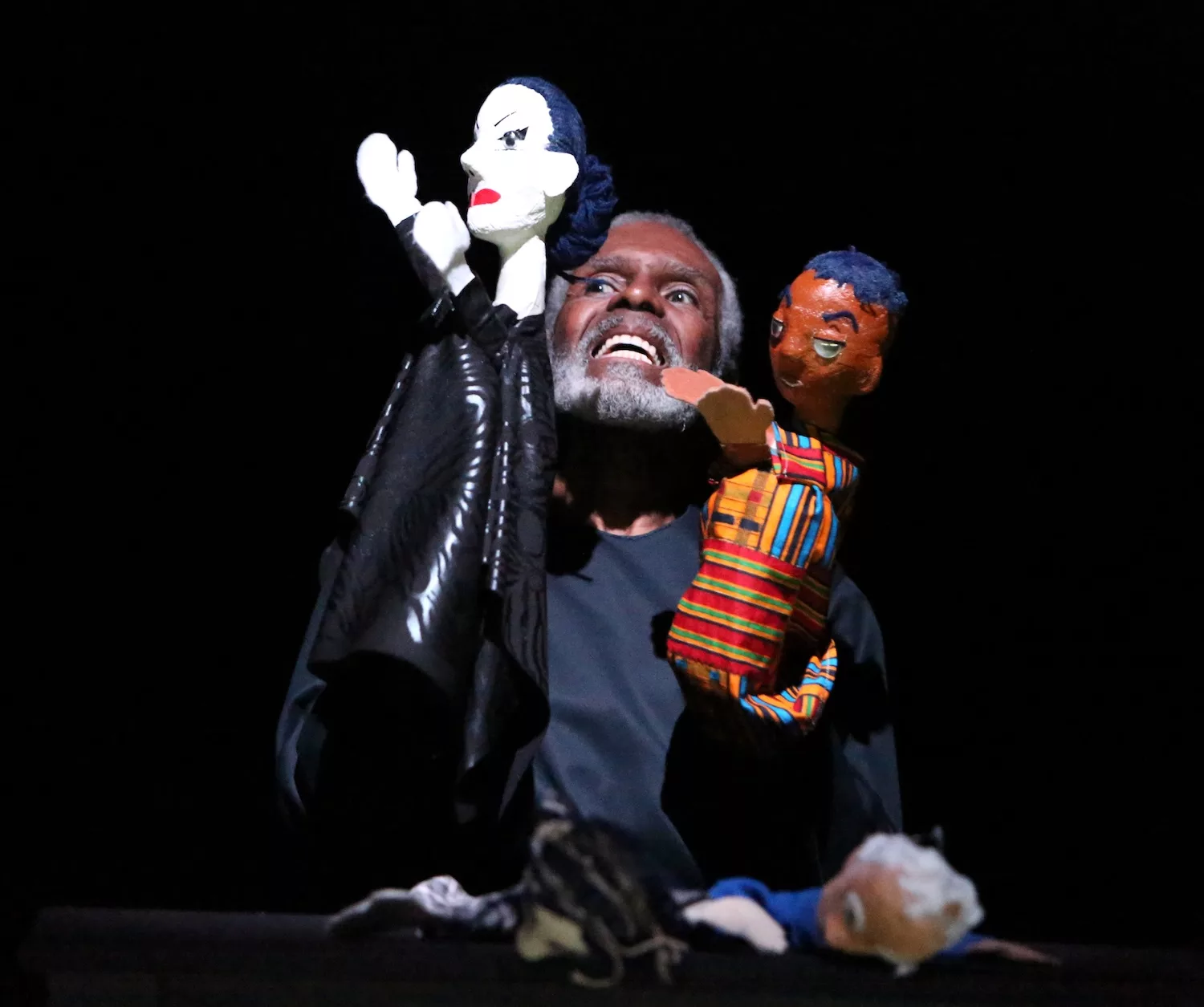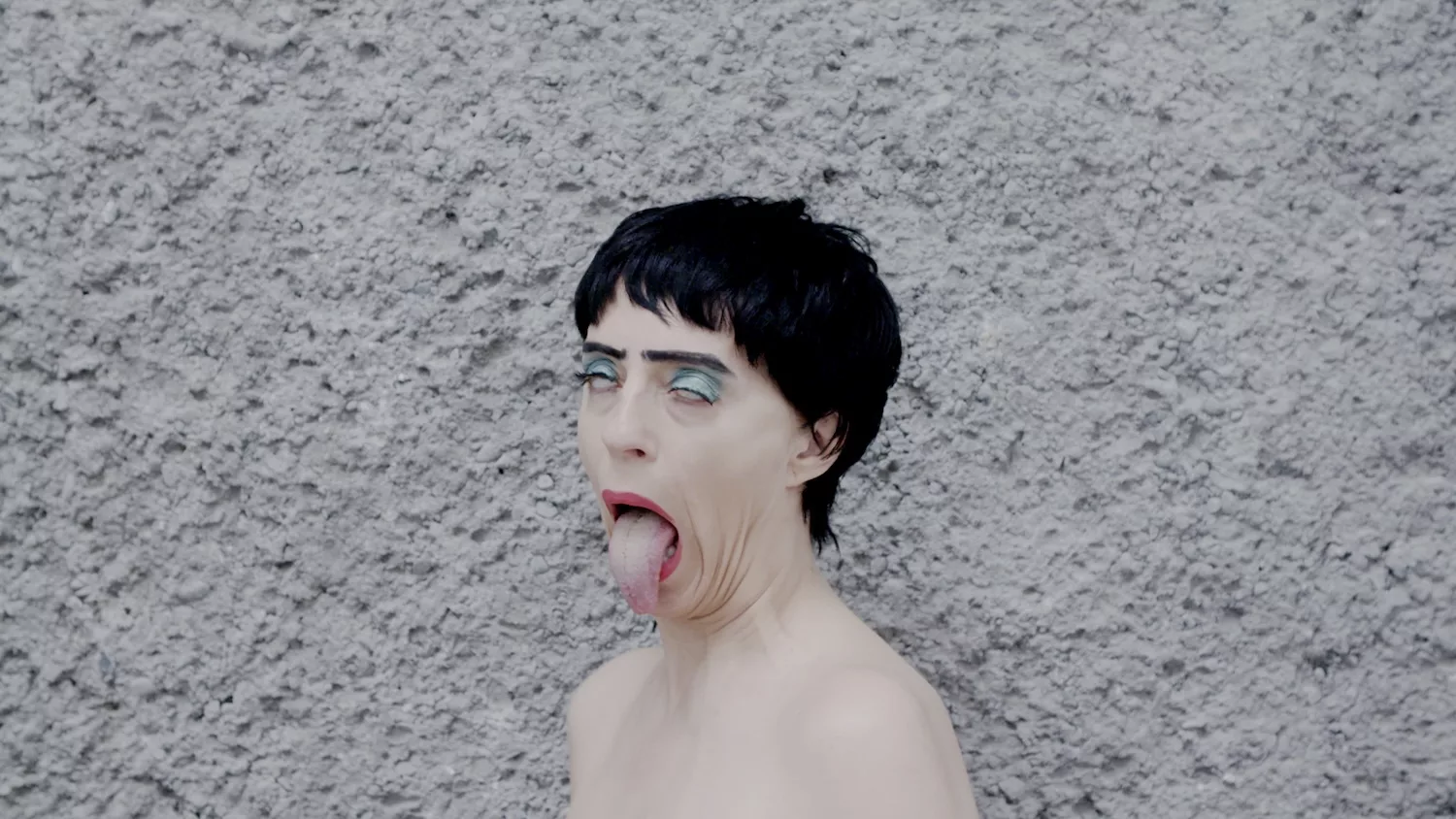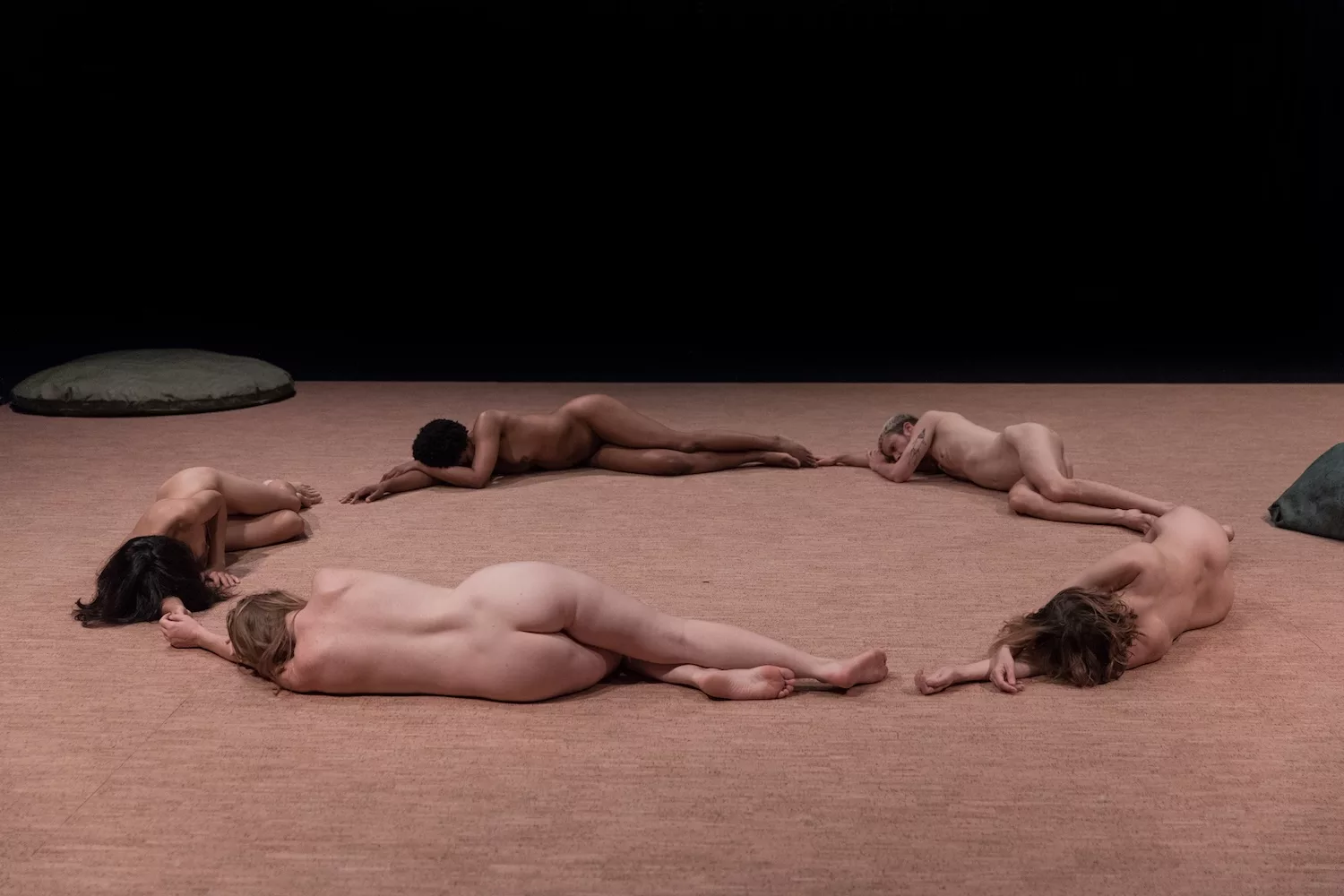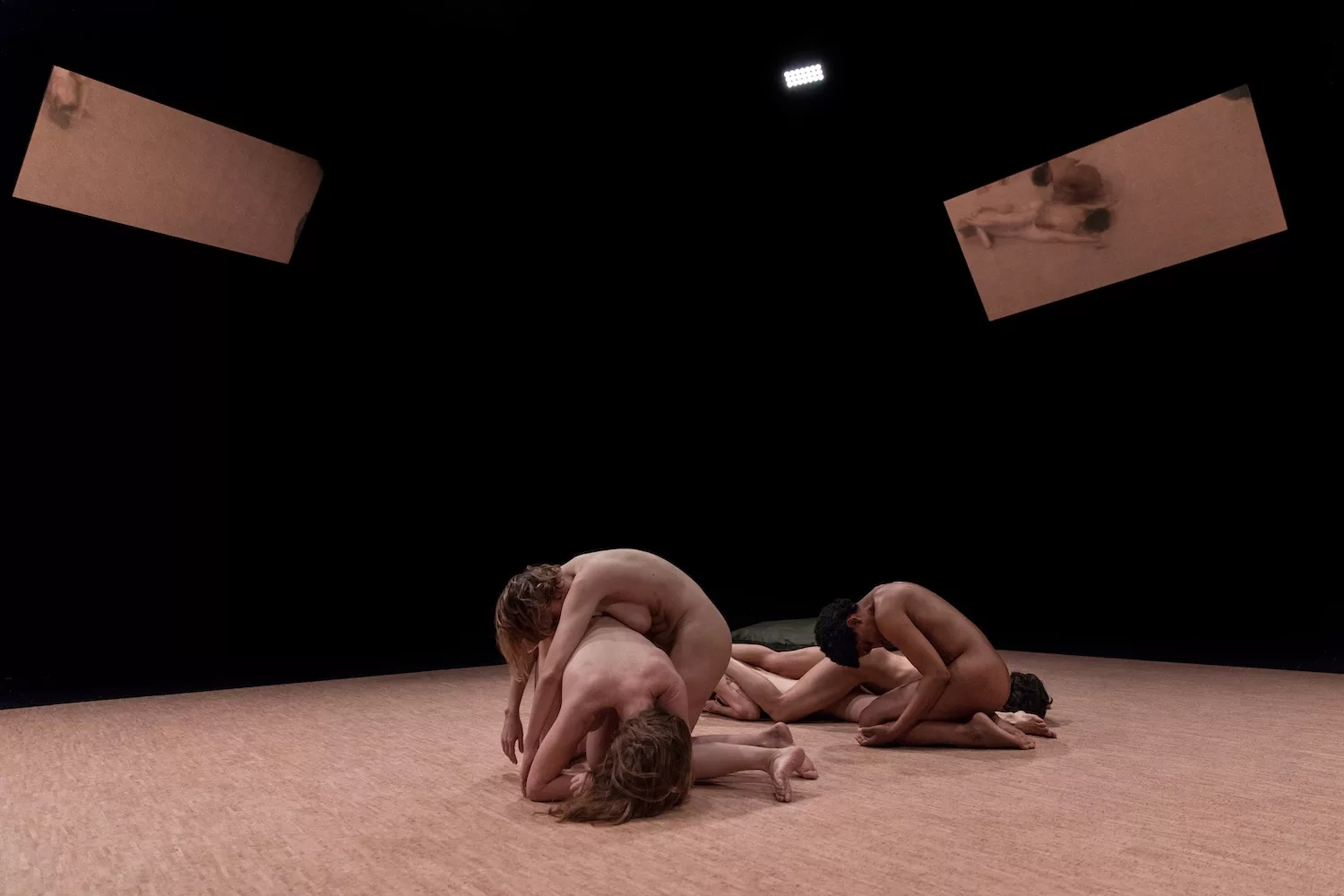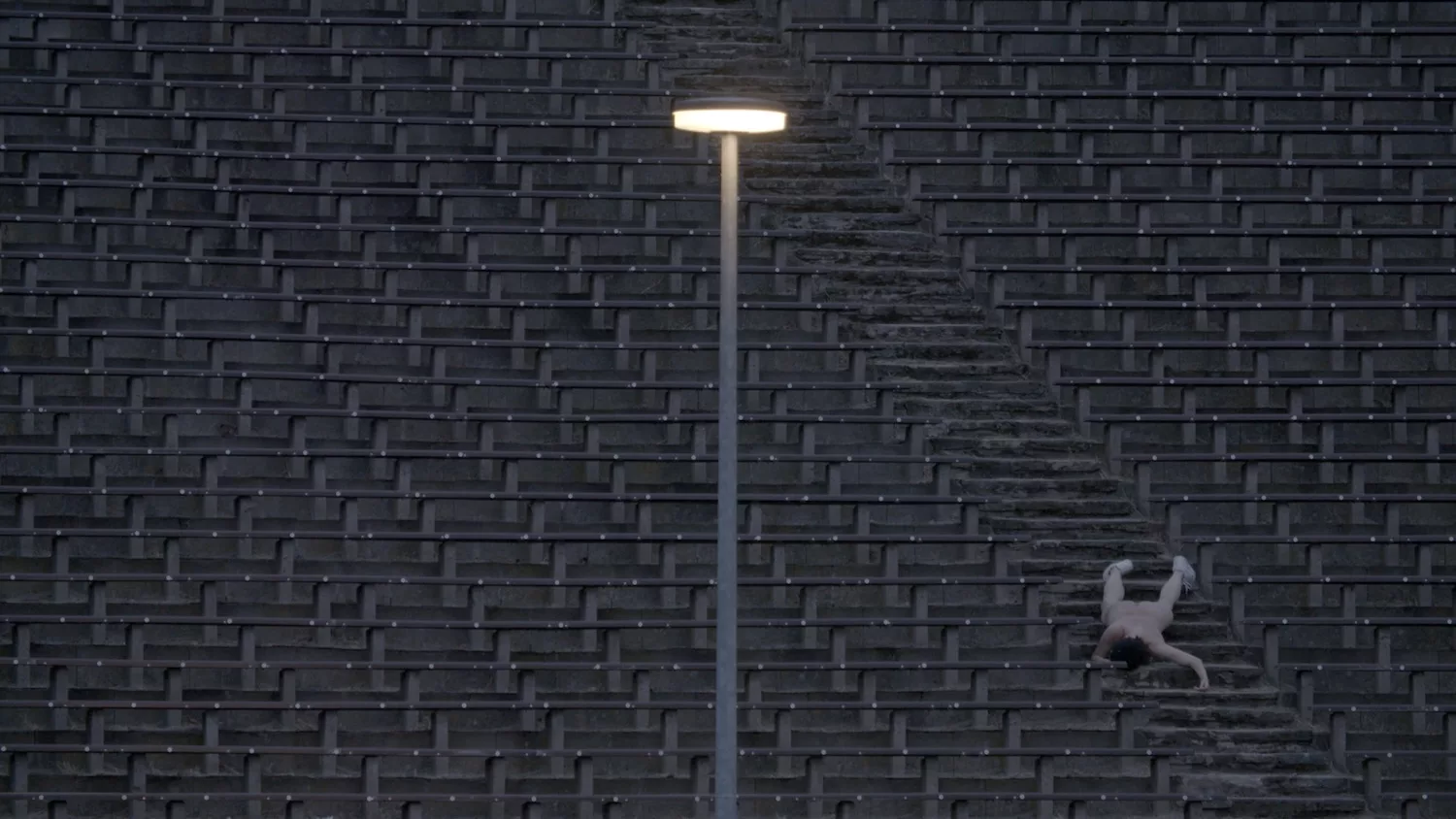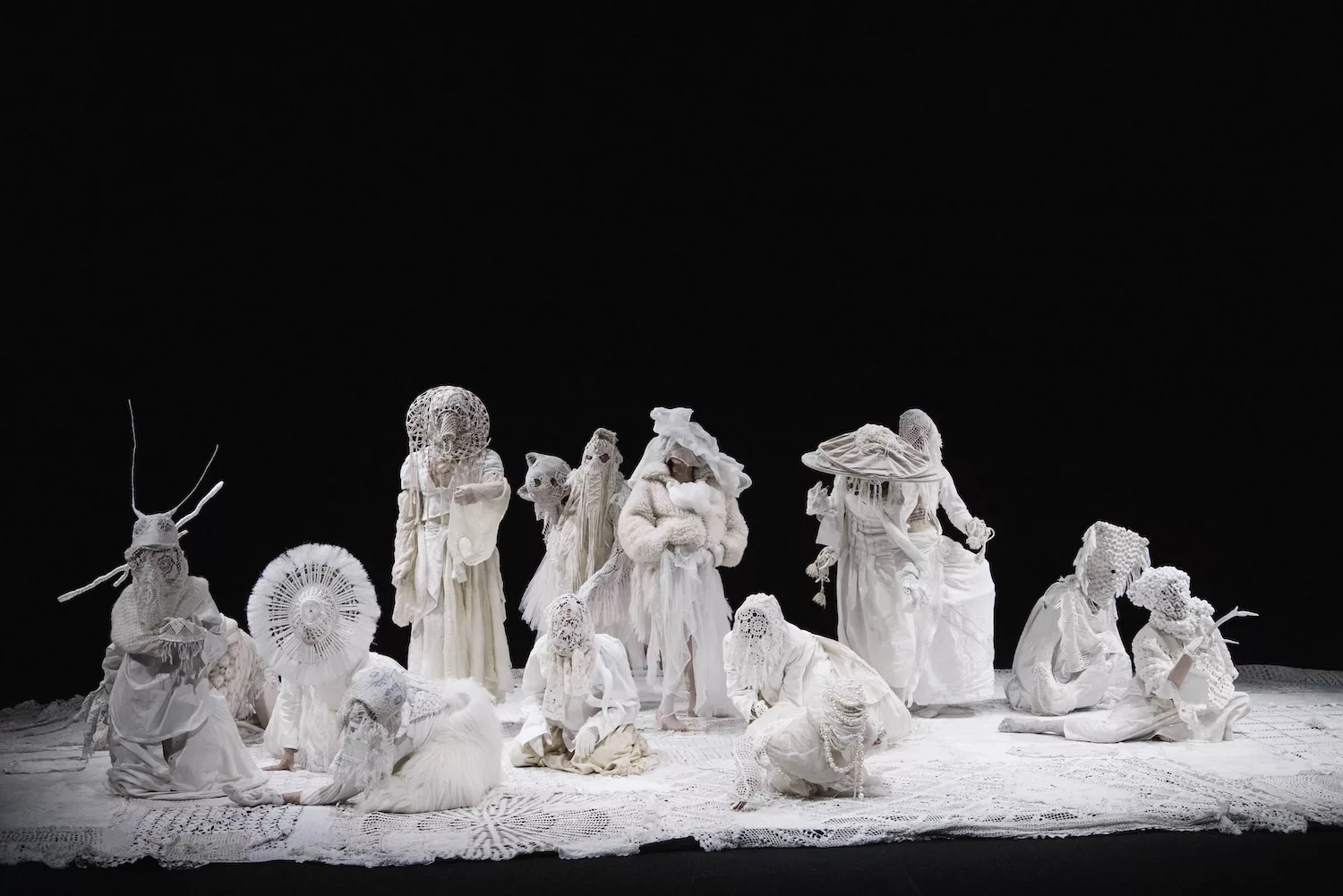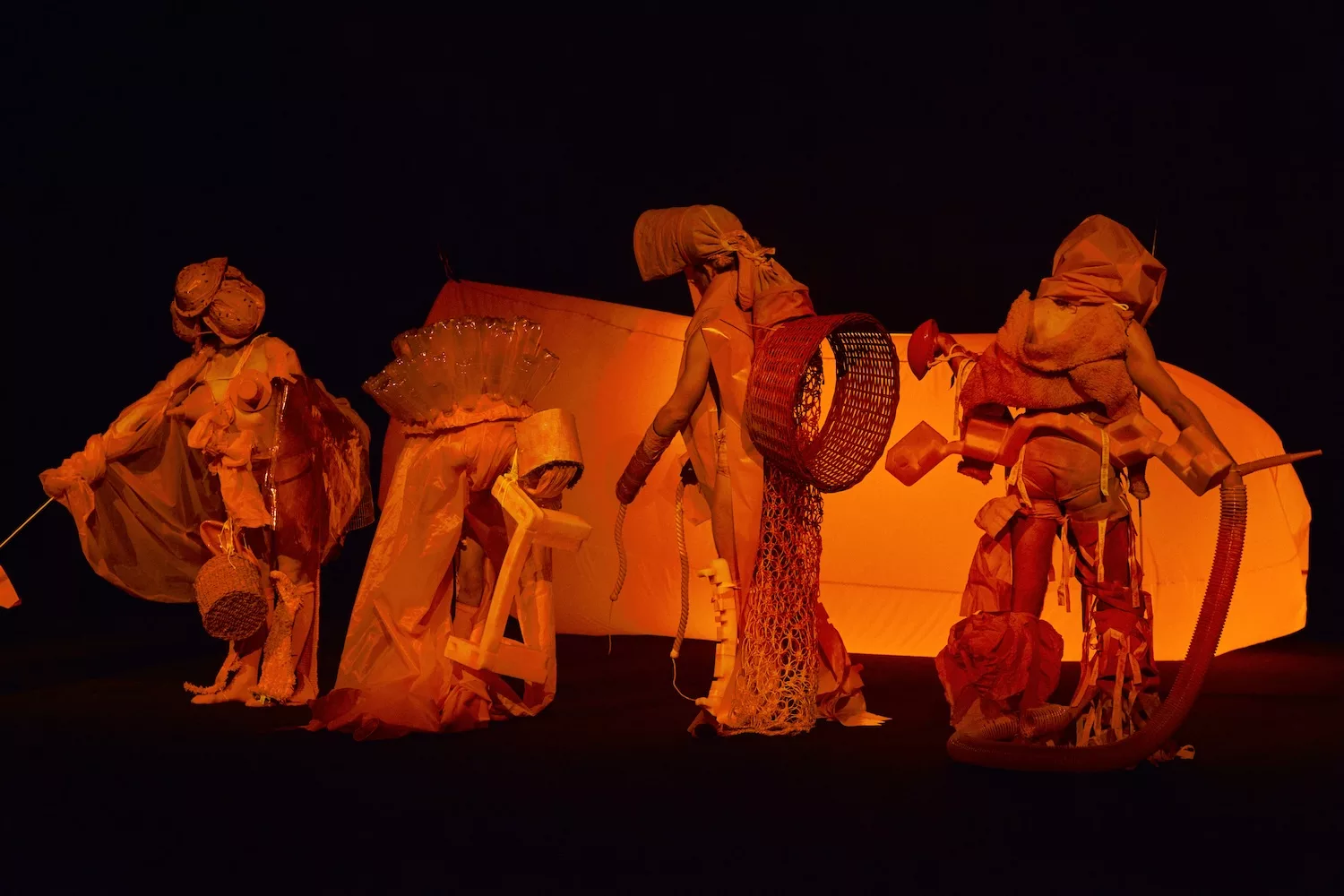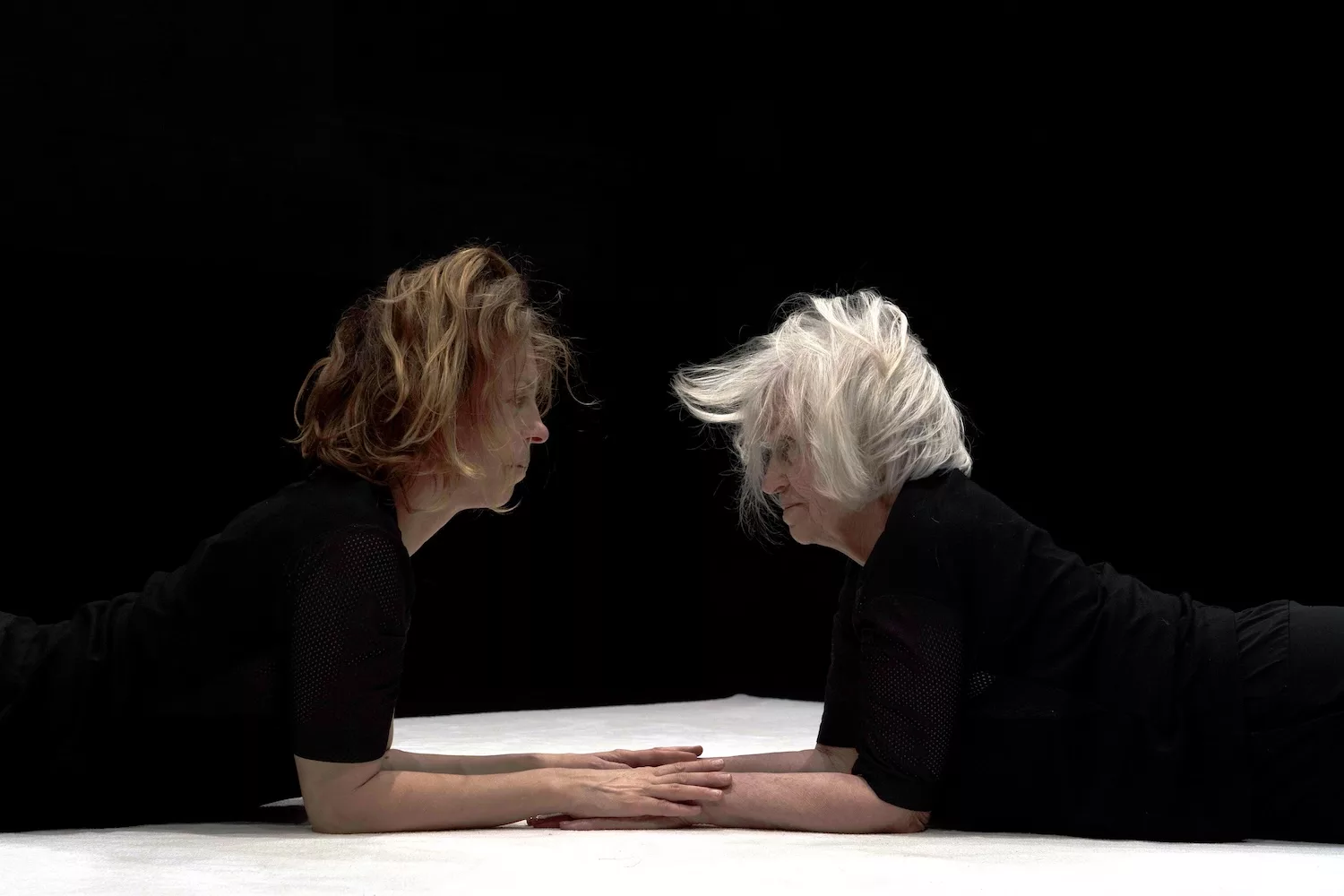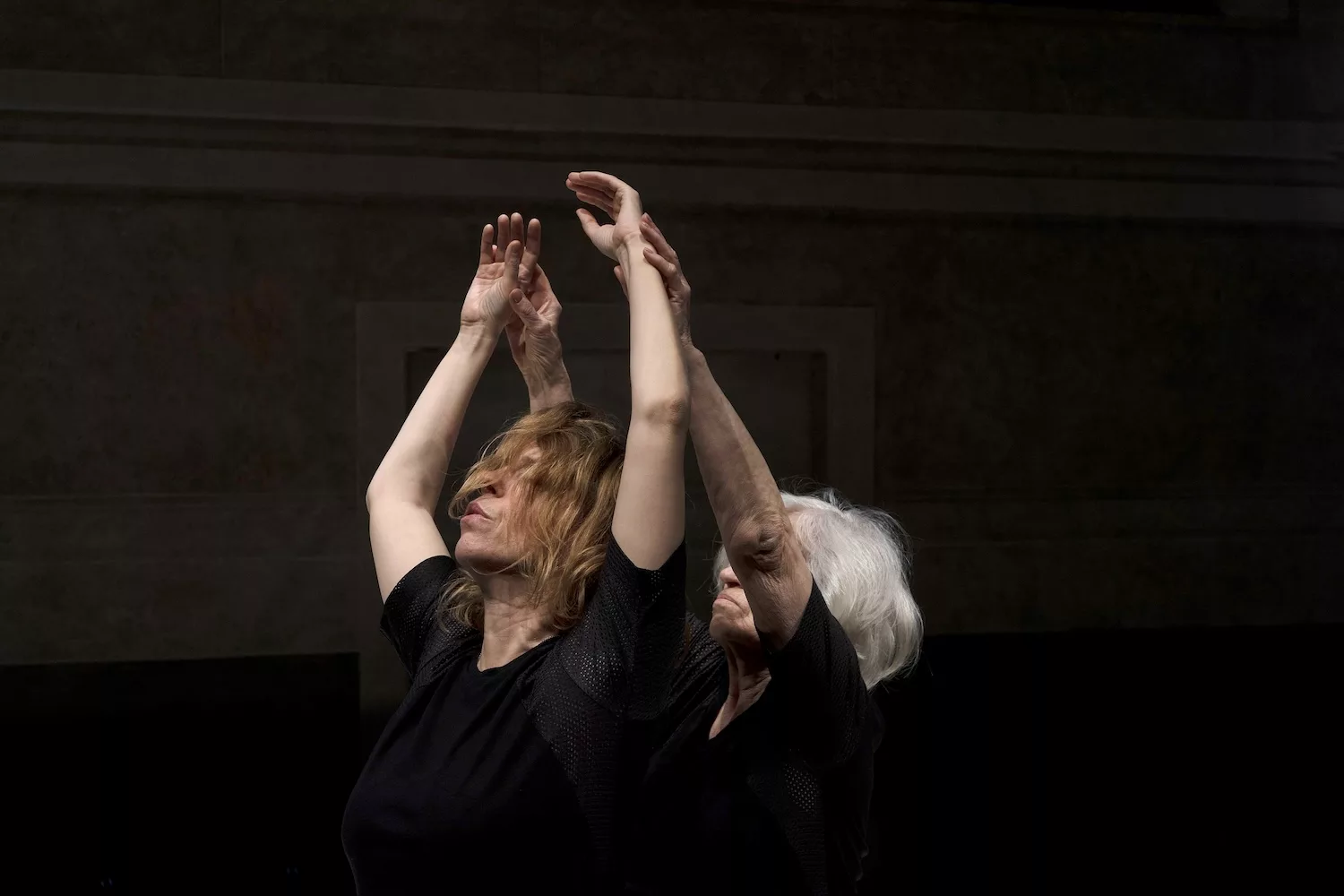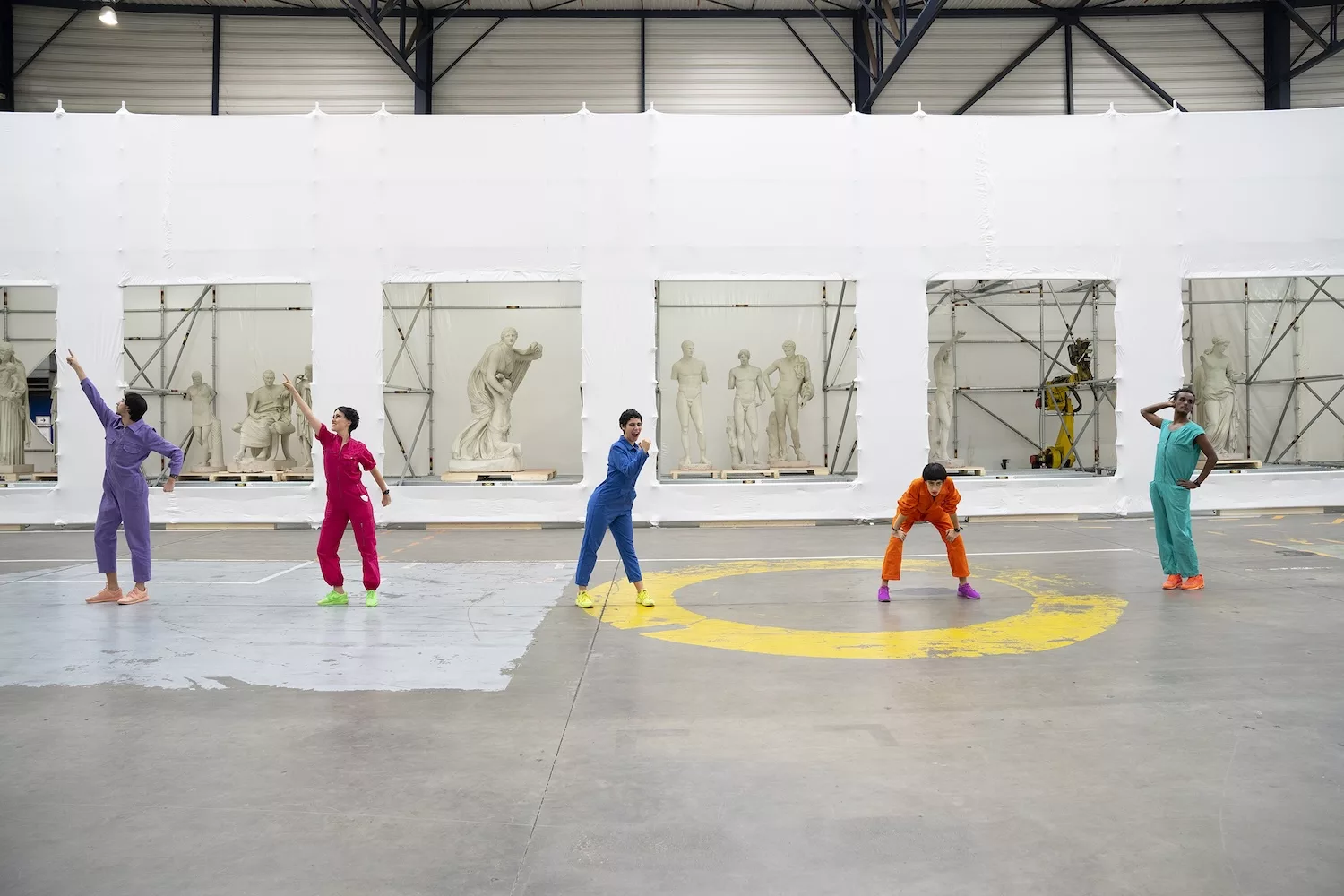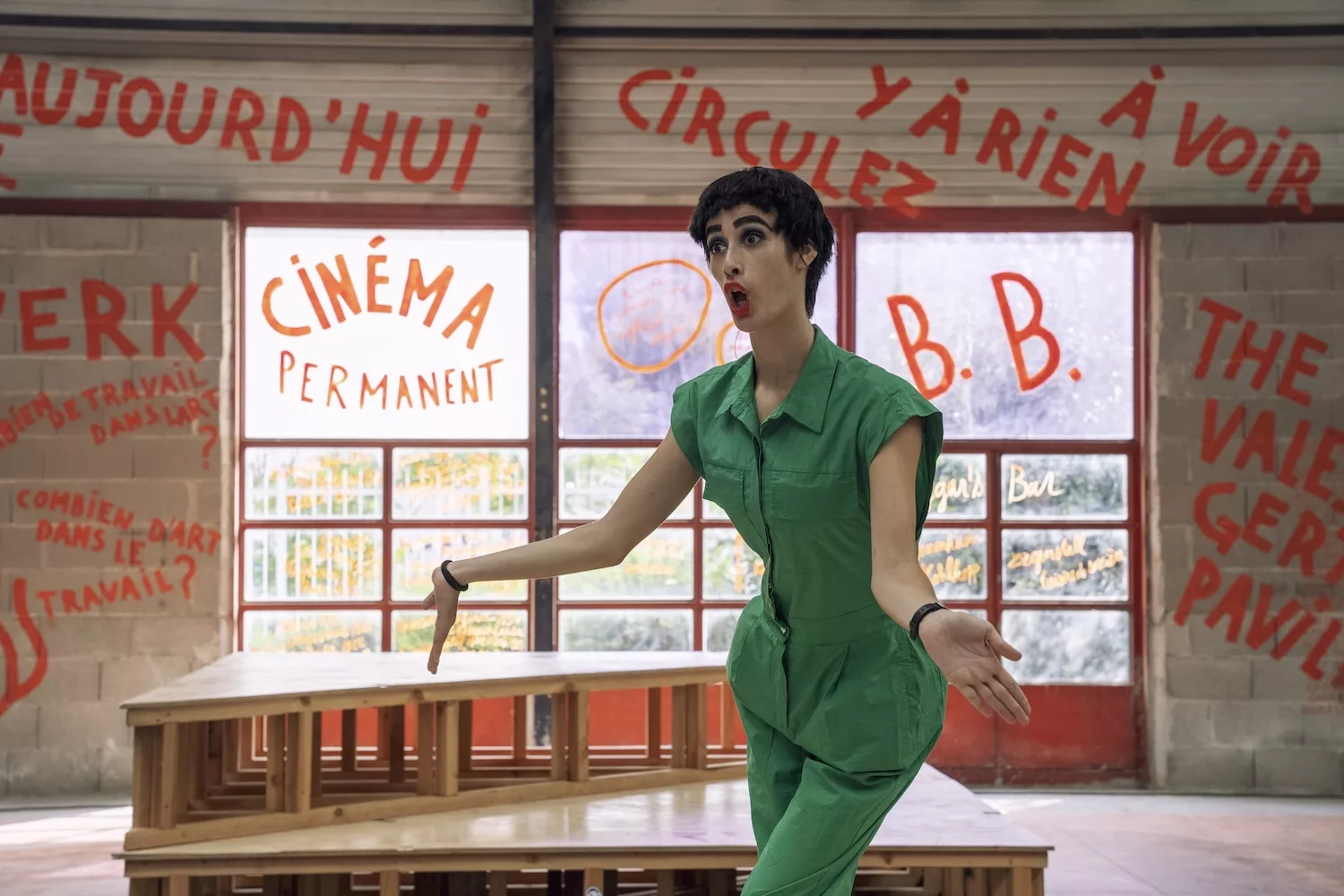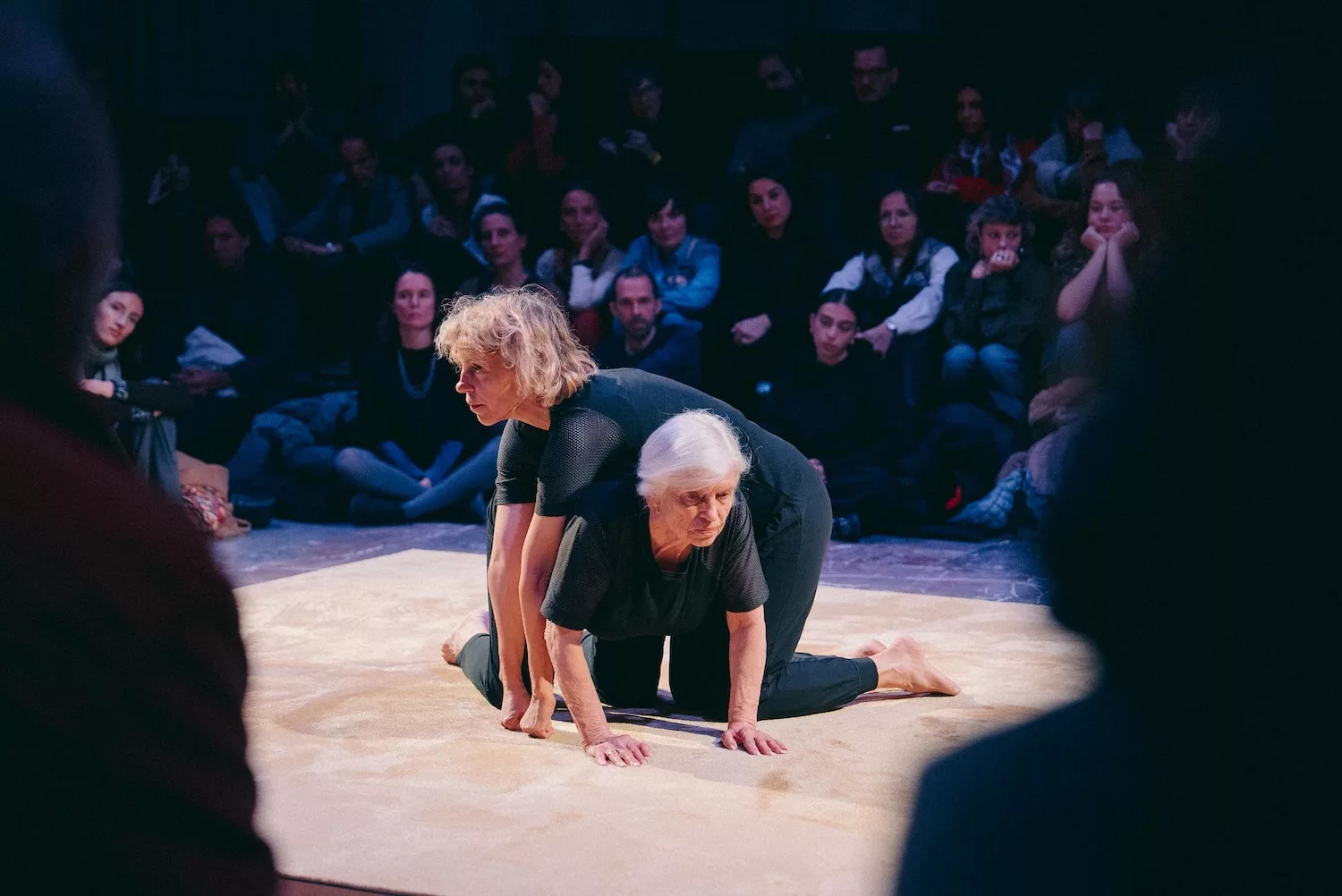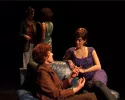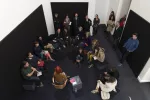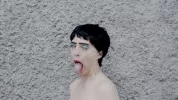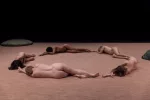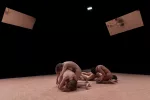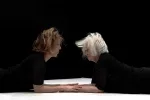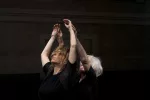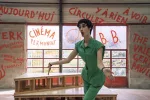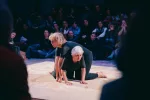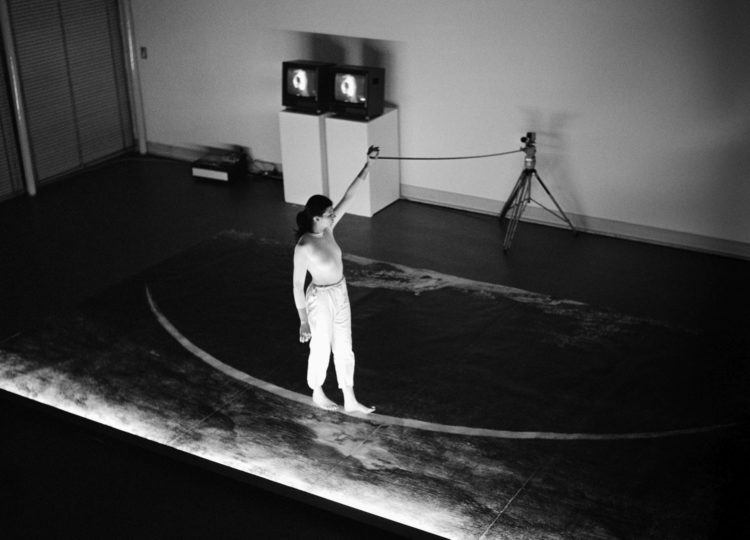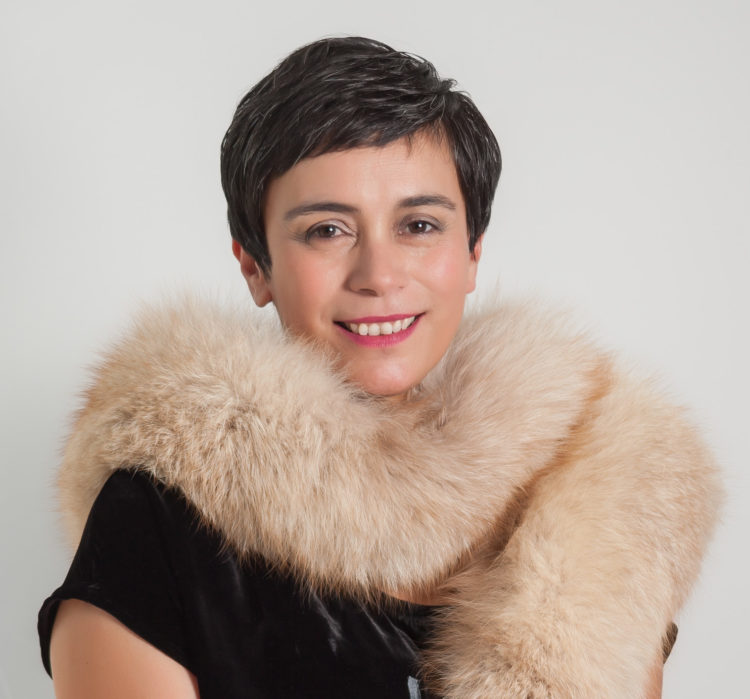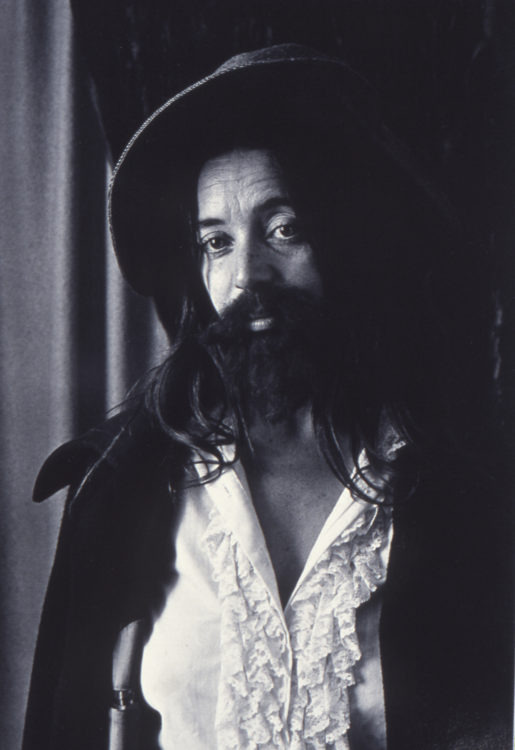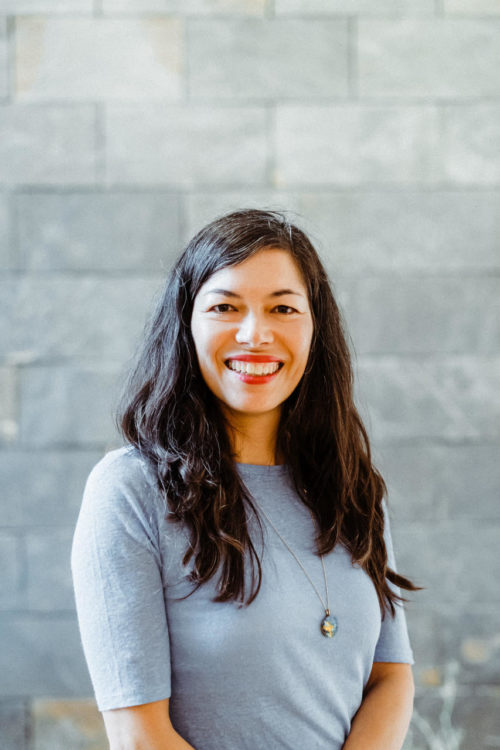Eszter Salamon
Eszter Salamon, Eszter Salamon 1949, exh. cat., Paris, Jeu de Paume [14 October–9 November 2014], Paris, Jeu de Paume, 2014
→Salamon Eszter, Cvejic Bojana, TALES OF THE BODILESS, Botschaft Gbr, Berlin, 2011
Hungarian choreographer and performer.
Eszter Salamon trained in traditional Hungarian dance and classical ballet and, working between Paris, Berlin and Budapest, has always created at the confluence of disciplines. Her first solo piece in 2001, What a Body You Have, Honey, was already rich with her recurrent motifs such as the obscuring of the face. Her body of work cannot simply be labelled ‘dance’ however: the artist is as likely to create for museums as the contemporary stage, and works with equal ease in performative movement and video.
From the beginning of her career, E. Salamon tended towards the deconstruction, systematically approached, of dominant norms, positions and gazes. In this way, Reproduction (2004) presents eight women dressed as men, in a perpetual reconfiguration of desire. Her next work Magyar Táncok (2005) centres around Hungarian traditions and unveils certain fundamental components of the artist’s work: the voice and autobiography. The choreographer and artist may borrow from documentary techniques, but seeks essentially to blur the contours of identity through a ‘disidentification’. In 2011 she made an about turn into pure fiction with TALES OF THE BODILESS, a speculative opera without players, a score of voice, light and sound offering a reflection on the absence of the body.
In 2014 E. Salamon began a long-term research project, “Monuments”, which celebrates narratives often overlooked by the historical canon. Each work’s title is followed by a number that starts at 0 but never reaches 1, determined by the artist’s own logic relating to the emergence of her ideas. MONUMENT 0: Haunted by Wars (1913–2013) is the first in the series, intertwining history and choreography as the artist reveals the connections between war dances and Western colonisation. History then becomes personal in MONUMENT 0.1: Valda and Gus (2015), a creation for an older male and female duo of dancers from New York. From here we pass through the memory of German cabaret artist Valeska Gert, a recurring figure in E. Salamon’s work notably inspiring the performative installation Study for the Valeska Gert Pavilion (2022). The series continues as it delves into the intimacy of the mother-daughter relationship with MONUMENT 0.7: M/OTHERS (2019); the artist developed her research into feminist genealogies with MOTHERS & DAUGHTERS (2024), a piece where long lasting contact, touching textures and empathetic gestures, join E. Salamon’s attention to “care” in its ethics and practices.
The artist has consistently emphasised sustainability in her process, and seeks to reinstall her choreographies within their global, political, sociological and ecological contexts. For instance MONUMENT 0.10: The Living Monument (2022), created with the Norwegian company Carte Blanche, activates the notion of recycling on various levels – in the material used for its costumes and the sounds used in the score, but also in a recycling of knowledge. Thus the investigation becomes articulated in a video installation, Landscaping, presented at the occasion of the 2025 Biennale de la Danse of Lyon in partnership with the Centre Pompidou and the Institut de recherche et coordination acoustique/musique (IRCAM).
E. Salamon was awarded the Evens Arts Prize in 2019, and in the following year was a laureate of the La Vie Bonne call for projects, organised by the Centre national des arts plastiques in France and AWARE. She is currently working on an art doctorate at the KHiO Academy of the Arts in Oslo, Norway.
This notice was published as part of the “La Vie Bonne” project in partnership with the Cnap.
© Archives of Women Artists, Research and Exhibitions, 2025


